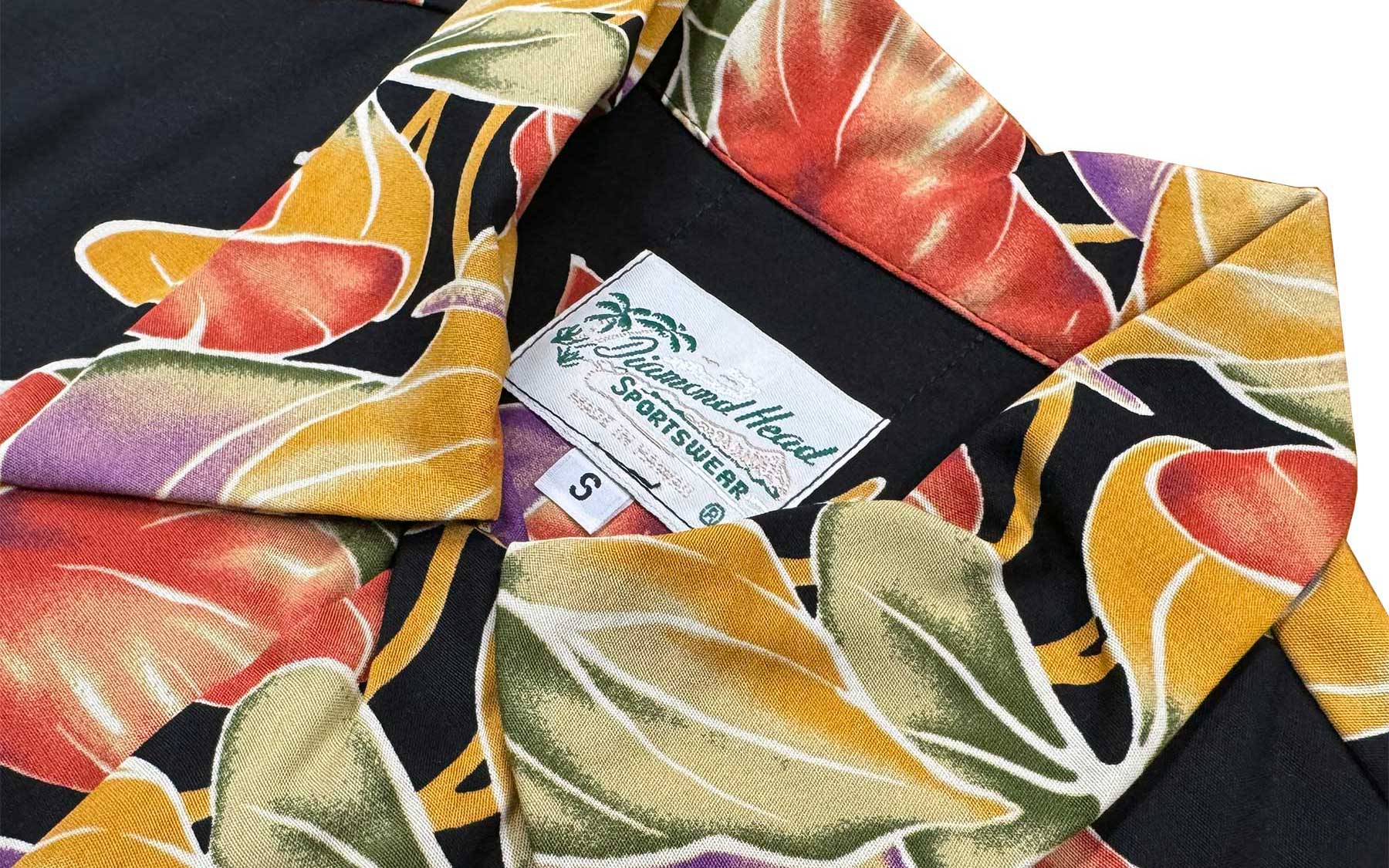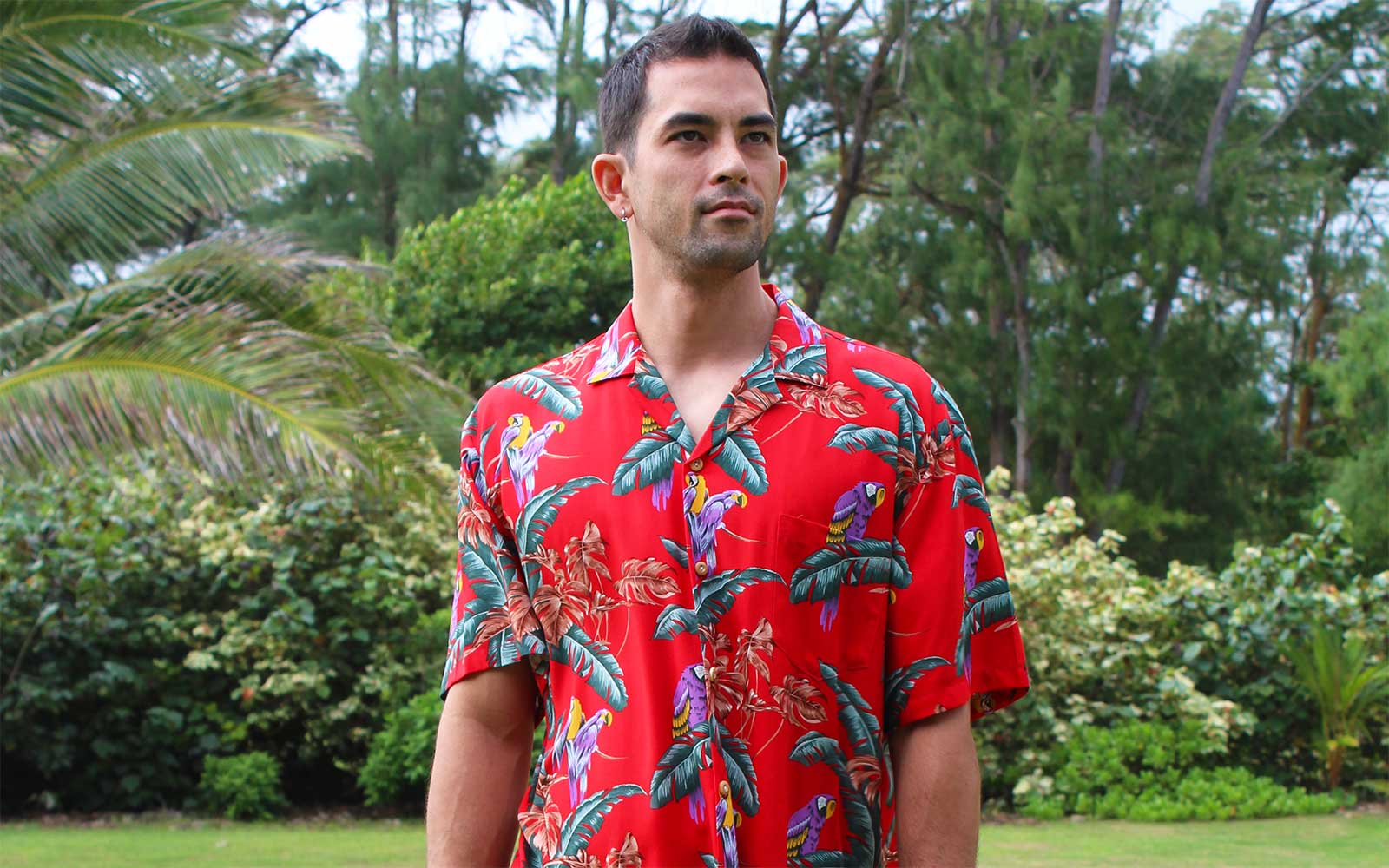Trends in the Hawaiian Dress & Shirt Manufacturing Industry
Hawaiian shirts and dresses have been a staple of Hawaii's garment industry since they were first created in the 1930's. Over the years, the popularity of Hawaiian shirts and dresses made them recognizable symbols of a free fun-loving spirit around the world. Because of this popularity, competition in this niche has grown significantly, especially in the last 10 years.
A long time ago, people had to come to Hawaii to get any kind of Hawaiian shirt because they were only available in Hawaii. Eventually, companies outside of Hawaii, particularly on the US Mainland, started creating their own Hawaiian shirts and dresses. People with a discerning eye could tell at a glance which Hawaiian shirts were made in Hawaii and which were made elsewhere. Hawaiian shirts that are designed in Hawaii have a special look to them that are emulated, but not quite captured by competing products. But the gap is closing. Just a few years ago, only shirts made in Hawaii had perfectly matched pockets. Expensive silk shirts from name national companies looked very nice but the non-matched pockets gave them away. Today, many Hawaiian shirts from the cheapest corners of the world have matched pockets.
In the past decade, another significant development has impacted Hawaii's garment industry. For decades, shops in Hawaii's tourist areas carried mostly made-in-Hawaii shirts and dresses. Even shirts sold in Hawaii's department stores catering to Hawaii's consumers also carried locally made Hawaiian shirts and dresses. Perhaps it was inevitable that shirts and dresses made outside the US, particularly China and Indonesia, would begin to make inroads into this niche once owned by Hawaii companies. In the 1990s, about 80% of the Hawaiian shirts in Waikiki shops were made in Hawaii and the other 20% typically came from Indonesia, followed by China. Just a few years ago, the numbers are nearly reversed in some stores with up to 80% of more of the shirts coming from China.
Hawaii's Hawaiian shirt manufacturers are now competing against each other for a smaller piece of the pie. Some companies have gone out of business, while many others simply settle for smaller market share and shrinking sales. Some manufacturers have sought to export more of their products to stores on the US Mainland to make up for lost market share in Hawaii. But there is no question that many manufacturers were being pushed out of the market. If this trend continues it could result in not only less variety for the consumer, but could also in make it harder for visitors and locals alike to find authentic made in Hawaii Aloha shirts and dresses.
Both manufacturers and retailers know that for some consumers, much of the value and satisfaction in owning a Hawaiian shirt is knowing that is actually made in Hawaii. Unfortunately, some businesses have allegedly resorted to the illegal practice of removing a "Made in China" or "Made in Indonesia" garment label and replacing it with a "Made in Hawaii" label. This way, they figure, they can get the lower cost of imported goods while maintaining the allure of being "Made in Hawaii". (None of our manufacturers do this, nor do we.) Besides misleading the consumer, this results in a watering down of the value of a made in Hawaii product.
Recently, some stores in certain tourist areas around Hawaii have been returning to their Hawaiian manufacturers for products after experimenting with imported garments. One of the interesting things they have said is that many of their shoppers, particularly those looking for men's Hawaiian shirts, are specifically looking to buy a Hawaiian shirt that is made in Hawaii. They explain that their customers feel that they didn't spend all their money to fly all the way to Hawaii ready to experience a Hawaiian paradise vacation only to buy a shirt, as nice as it might be, that is made in China. They also comment that their shoppers are not as picky when it comes to kids' clothing. But for men's Hawaiian shirts, and to a lesser degree Hawaiian dresses, many visitors to Hawaii would rather buy the made in Hawaii product.
Hawaii manufacturers cannot compete with China on price. So they try to do it with better designs, more selection, more careful craftsmanship, and promoting the fact that their Hawaiian shirts are made in Hawaii. Ultimately, the consumer will vote with his/her wallet in determining which products and companies will succeed in the market. We understand that many people do not care where their Hawaiian shirt or dress is made, as long as they like the price and the quality of the product. But for those who would prefer to wear a made in Hawaii shirt or dress, we strive to offer the best selection at the best prices.



